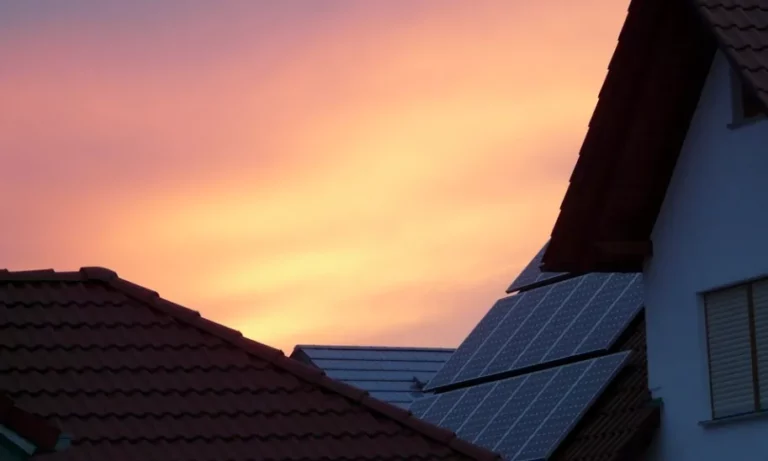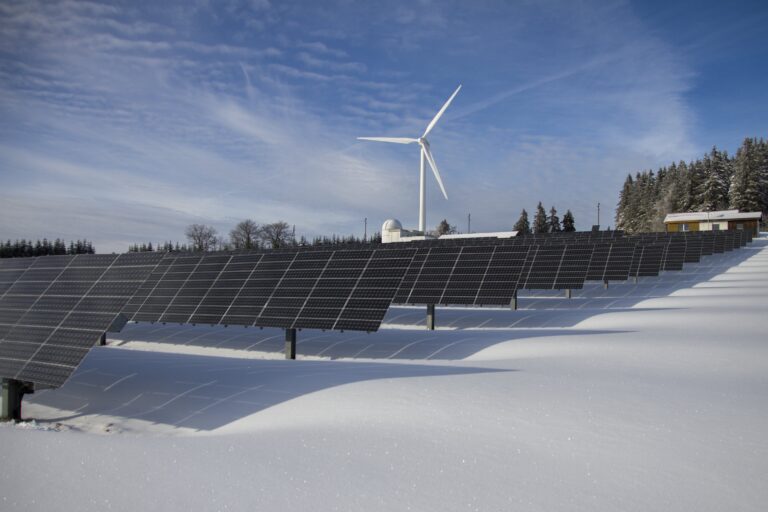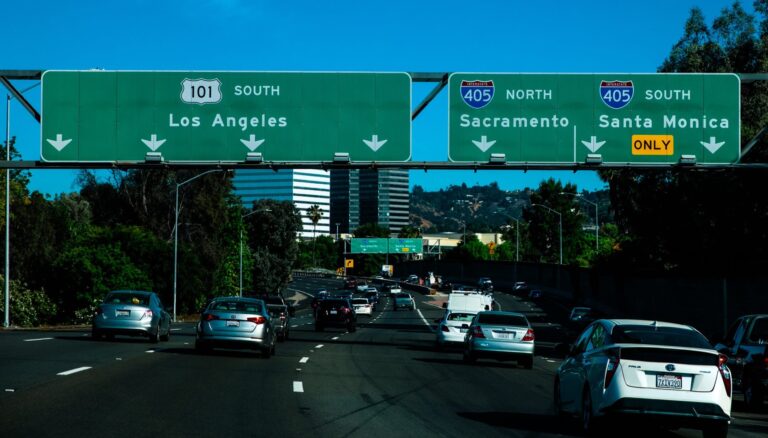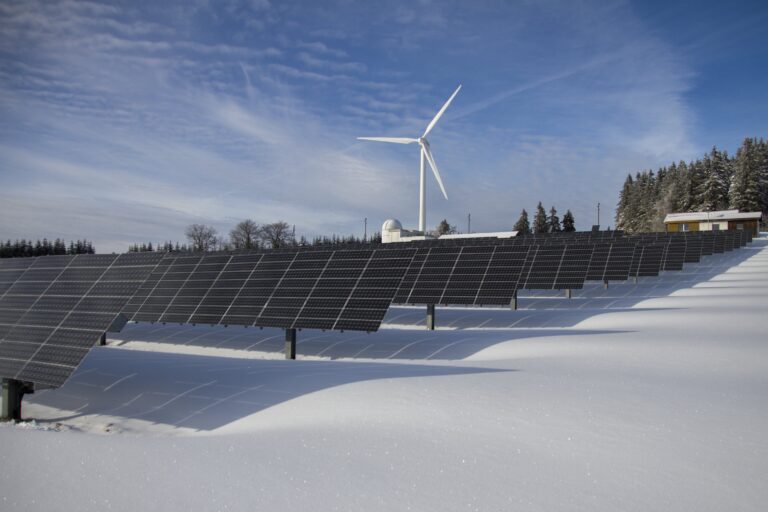Don’t be a Grinch: Why you should be happy they’re selling Christmas trees in your Nabe
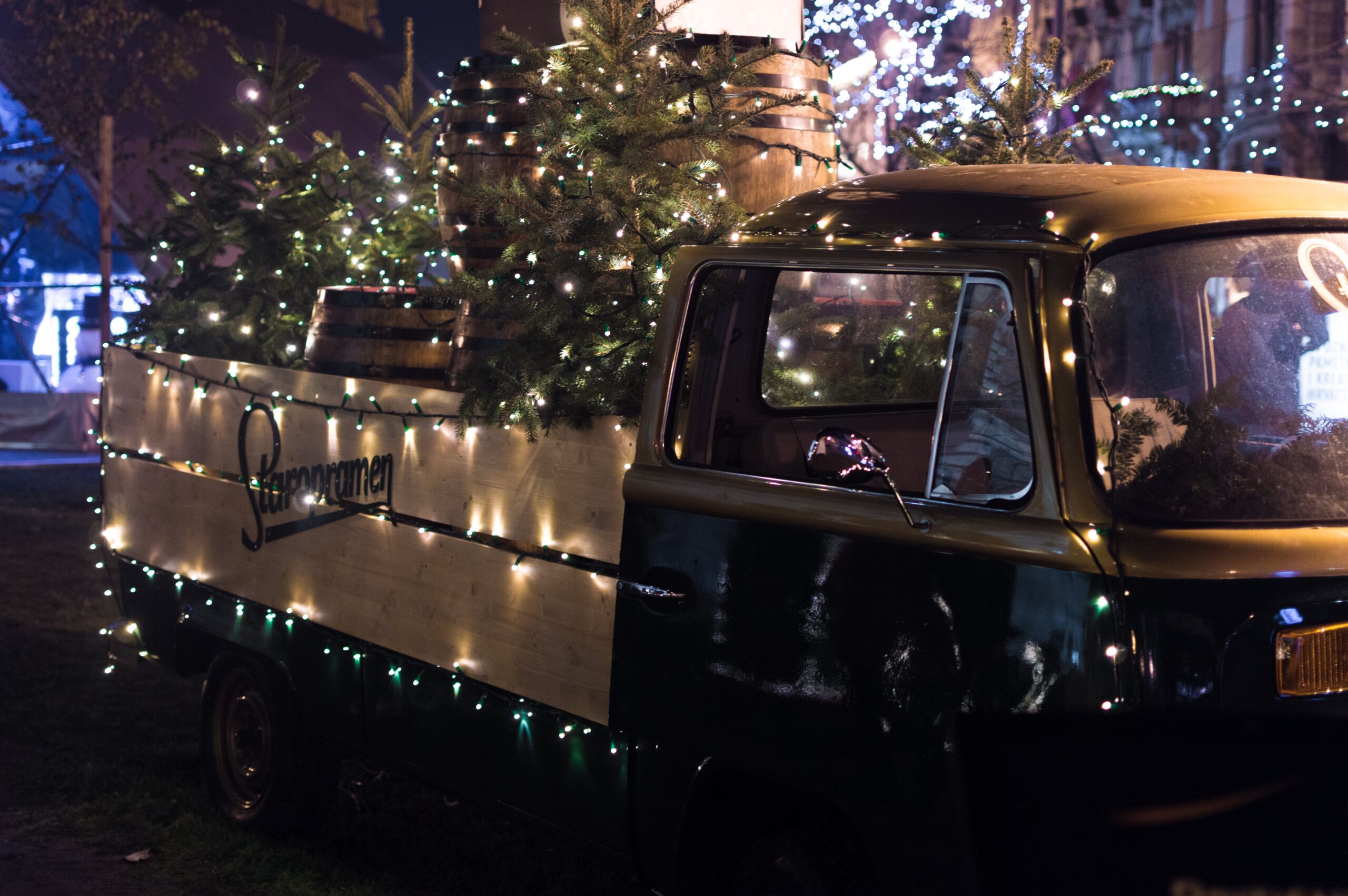
If you walk the streets of New York and other cities at this time of year, you see them every few blocks: sellers of Christmas trees, that is. They’re a hardy bunch, often from Maine and other northeast states, dressed in layers of well-worn clothes and staying in bedraggled-looking trailers and motorhomes parked nearby.
Some passers-by, though, look askance at their wares, mumbling about how the young trees have been cut down before the prime of life, thus reducing the carbon-eating effect of greenery — the fuller grown, the better.
It turns out, though, that environmentalists are starting to rethink their opposition to the neat rows of young firs. Why? Because it turns out they are important habitats for wildlife — and are cut down when the birds and animals that use them have either gone into hibernation or have flown south.
For example, a German study published last year found that Christmas conifer plantations could provide important refuges for four threatened species of farmland birds: the common linnet, tree pipit, woodlark and yellowhammer. And 10 years ago, researchers documented 80 plant species at tree farms in North Carolina, including milkweed growing waist-high at the edges of fields, which drew 17 types of bees and predatory insects that gobbled up tree pests.
Tom Norby, the president of the Pacific Northwest Christmas Tree Association, told The New York Times that since only a small portion of the trees were harvested each year — on a rotating basis — it meant that about 90% were growing and available for animals. On his own farm, he said, he has seen deer, rabbits, a pygmy owl, bears, coyotes and cougars.
Meanwhile, small as they are, they are also doing their part to combat pollution. “They’re pulling carbon from the atmosphere,” Andy Finton, a forest ecologist with the Nature Conservancy in Massachusetts, told the paper. “They’re cleaning the air and, in many cases, cleaning the drinking water.”
And, of course, they are not the fake plastic trees that some Christmas afficionados pull out of the closet year after year. It doesn’t take much imagination to picture the pollution caused in their manufacture.
Happy holidays!
More from ClimateCrisis 247
- Climate world turns to London as U.S. retreats
- In month of historic pivot points, clean energy at crossroads
- Why Business shouldn’t cheer EPA gutting
- ESG clients push back on bank climate retreat

